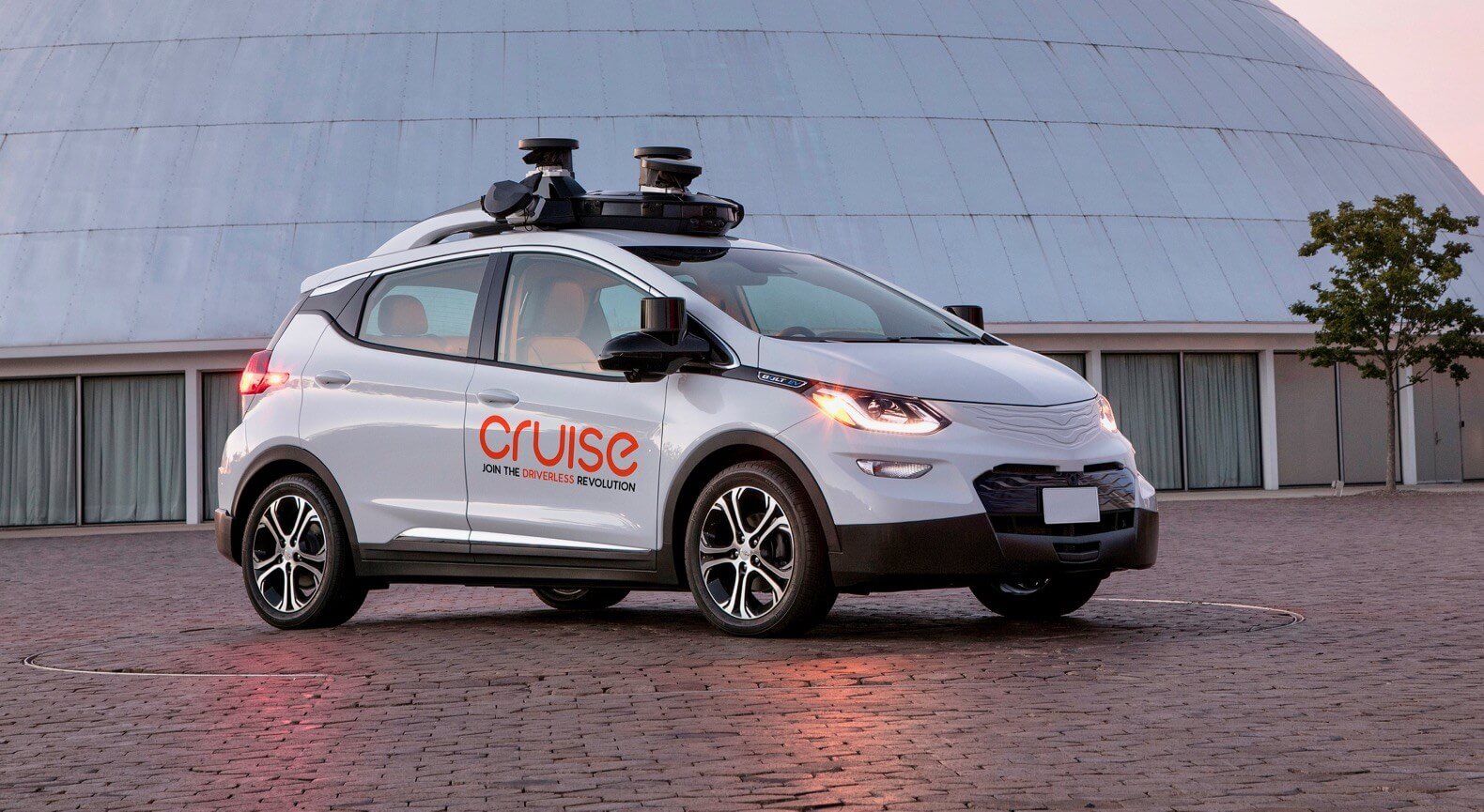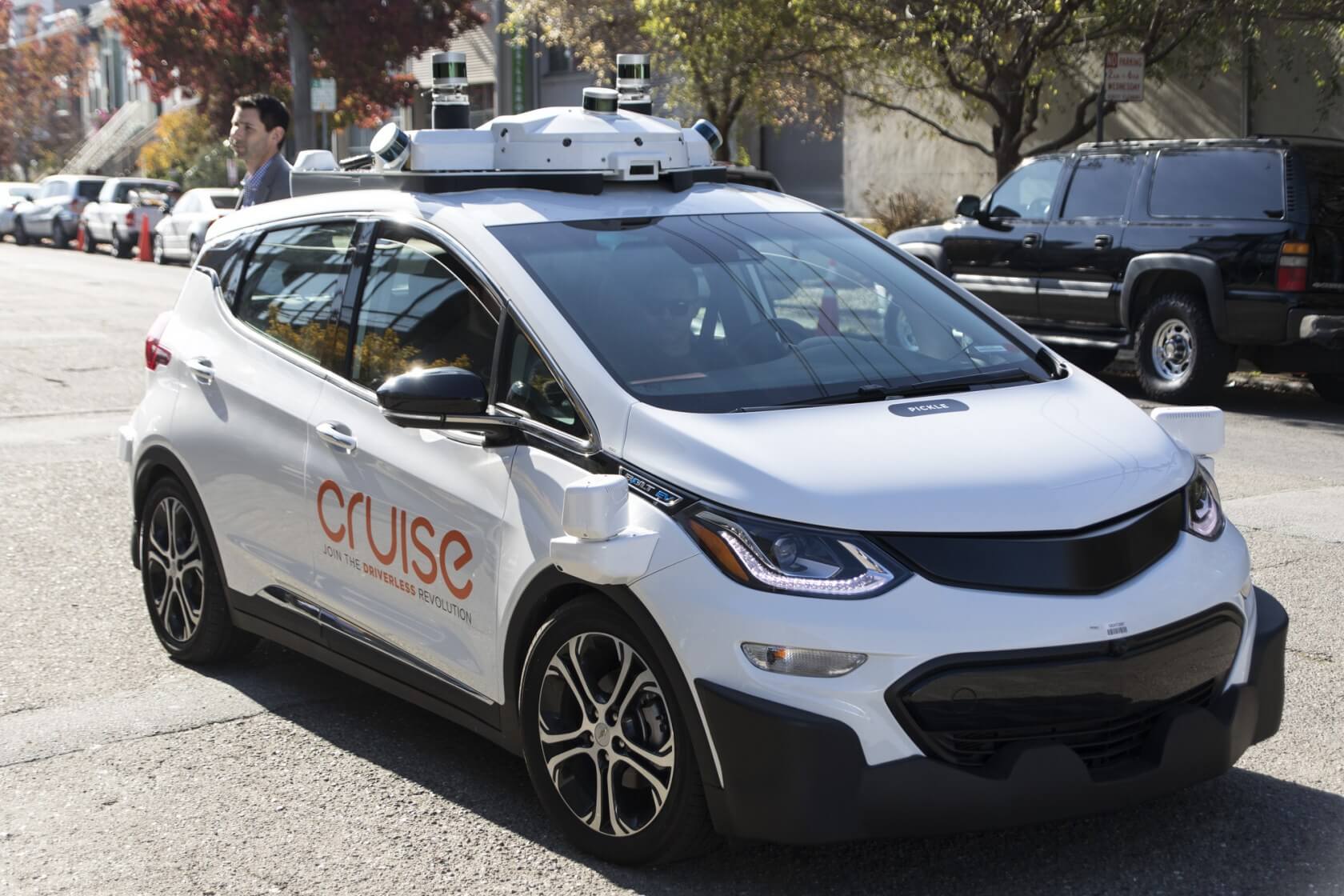In brief: Uber and Tesla aren't the only companies in the self-driving car industry who are facing some technical problems. GM and its autonomous car division Cruise are dealing with similar issues - according to anonymous sources, Cruise's vehicles have failed to detect pedestrians and have detected "phantom" bicycles that don't exist, prompting the cars to slam on their brakes erratically.
Carmaker General Motors acquired self-driving car startup Cruise way back in 2016, and it's made good use of its purchase ever since. Much like other companies in the tech and vehicle industries (such as Waymo, Uber, and Cadillac), General Motors (GM) views self-driving cars as the way of the future - as such, it's put quite a few resources into researching the tech and developing its own autonomous systems.
Indeed, in January, GM said it wanted to deploy fully autonomous, manual control-free vehicles by 2019; an ambitious goal, to be sure, but it began to look much more likely following GM's recent investment partnership with Honda.
Unfortunately, GM's plans may have hit a slight roadblock now. According to sources who spoke to Reuters, the carmaker's self-driving cars are having a difficult time identifying objects in motion, including pedestrians. Furthermore, the anonymous individuals said GM's vehicles have been known to see "phantom" bicycles, prompting them to slam on the breaks "erratically."

Given these (and other) hurdles, sources believe it is "highly unlikely" that GM will be able to hit its 2019 targets. Of course, considering the issues the industry has faced as of late – including a handful of fatal self-driving crashes – GM will likely not have any major qualms about delaying their plans if it results in a safer product for consumers.
At any rate, GM probably doesn't have much to worry about from its competition at the moment. Virtually every company in the autonomous car industry is facing similar problems (with the exception, perhaps, of Waymo), and few have come up with surefire solutions.
With this in mind, as consumers, we can probably expect at least a couple more years of testing and experimentation before we begin seeing true Level 5 automation in mass-market vehicles.
